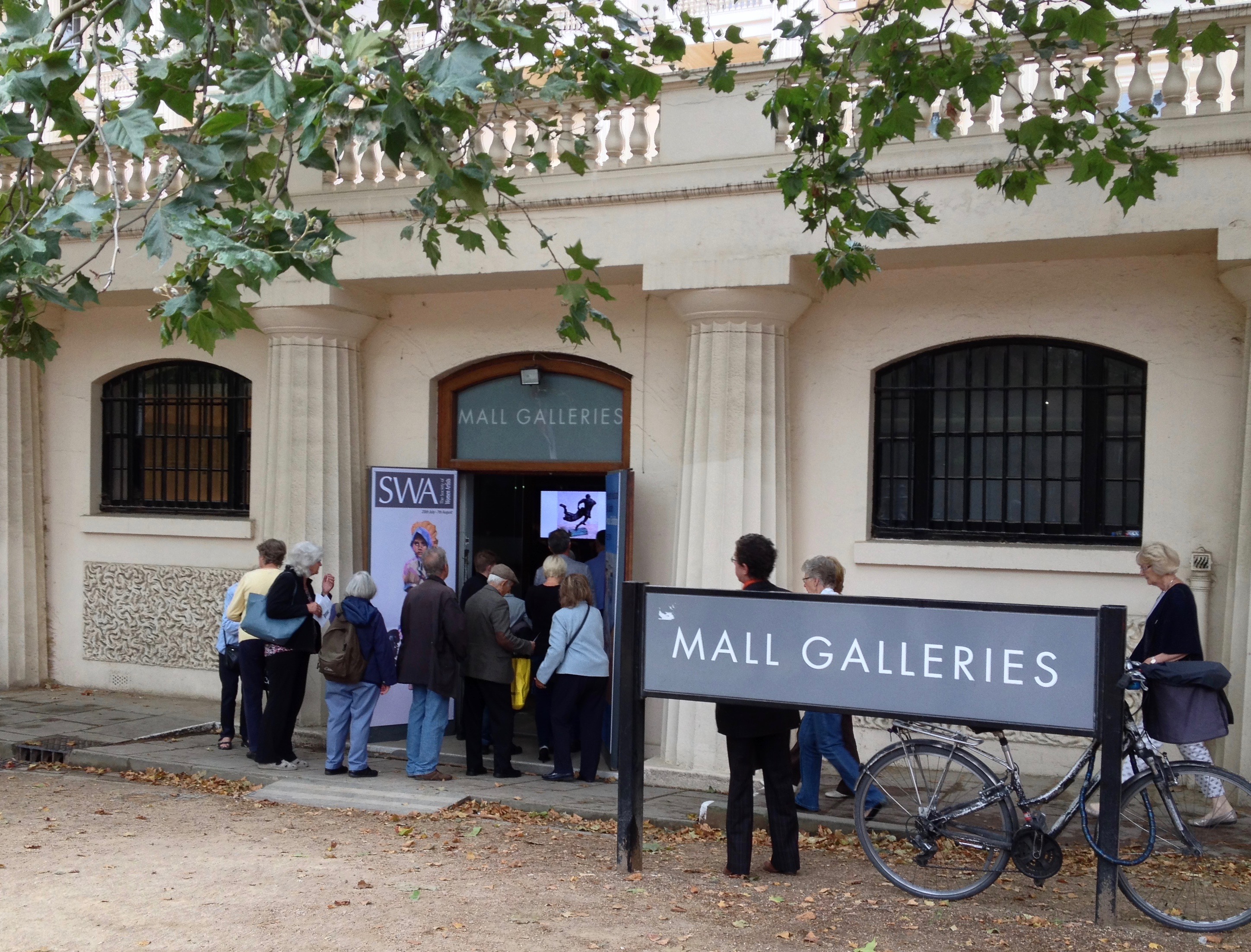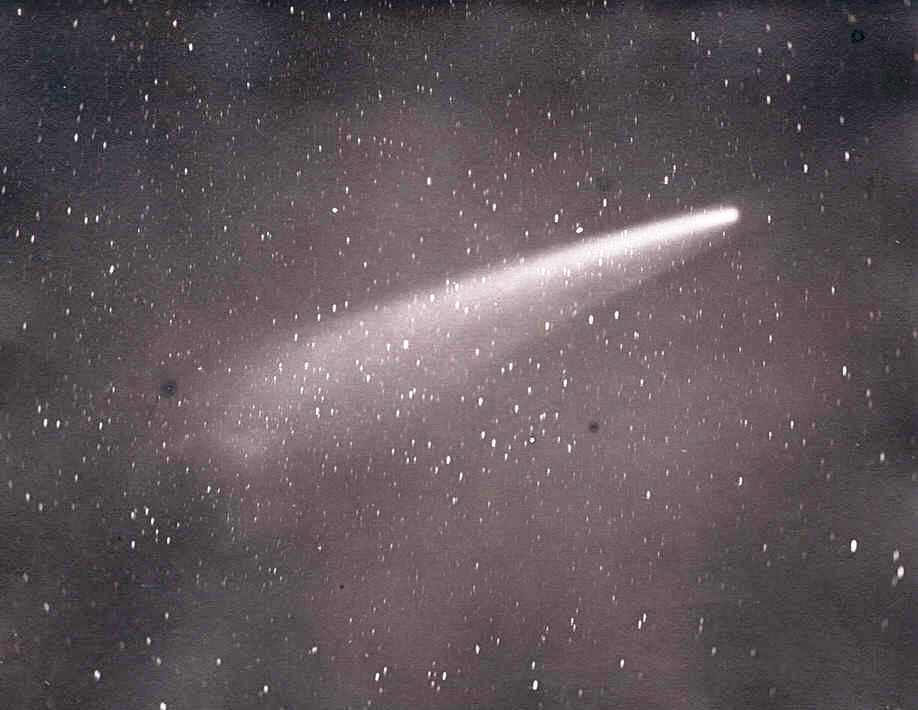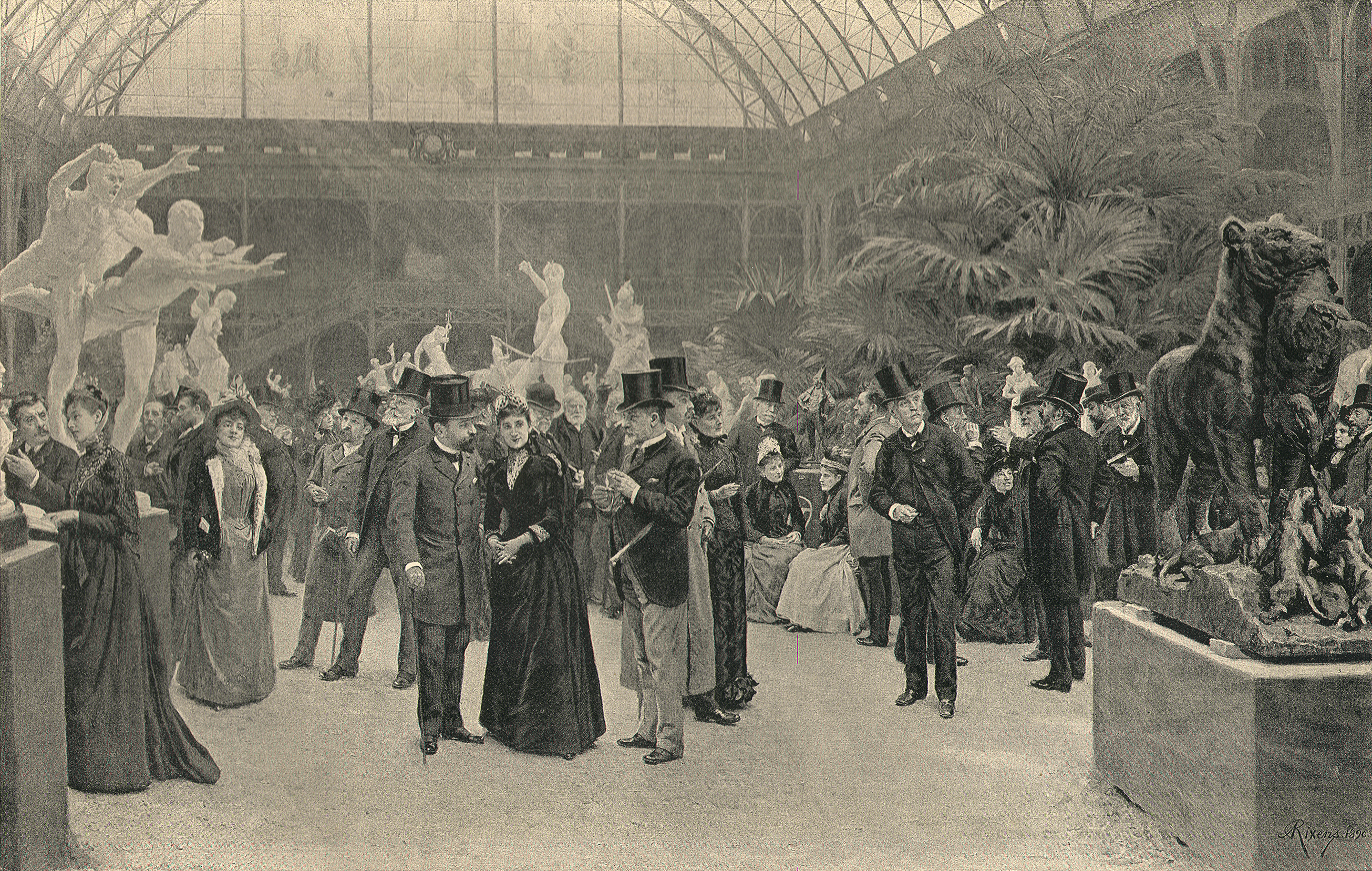|
Teresa Copnall
Teresa Norah Copnall (née Burchart; 24 August 1882 – 1972), was a British painter known for her flower studies and portrait painting. Biography Copnall was born in Haughton-le-Skerne near Darlington in the north of England, where her father was a company director. She was educated in Brussels before attending art school in Barrow in Furness. Copnall studied at the Slade School of Art in London and also at Hubert von Herkomer’s art school in Bushey. She married the Liverpool born portrait painter Frank Thomas Copnall (1870-1948) and the couple settled at Hoylake in Cheshire. They also became regular visitors to the artists colony at St Ives in Cornwall. During her career Copnall exhibited at the Royal Academy in London on several occasions. She also exhibited with the Royal Institute of Oil Painters, the Royal Scottish Academy and the Society of Women Artists. Copnall was a member of the Deeside Art Group and the Royal Glasgow Institute of the Fine Arts. Overseas her work ... [...More Info...] [...Related Items...] OR: [Wikipedia] [Google] [Baidu] |
Haughton-le-Skerne
Haughton-le-Skerne is a village in the borough of Darlington (borough), Darlington in the ceremonial county of County Durham, Durham, England. It is situated in the north east of Darlington. The village lies to the west of the River Skerne. At the centre of the village green, is the main road towards Darlington town centre going across the river, south of the church. There used to be a linen mill on the riverbank on the east side of the village. Part of the mill leat can still be seen today. St Andrew's Church, Haughton-le-Skerne, St Andrew's Church at the west end of the village green is the oldest church in Darlington, circa 1125. Some of the stones may have originated in a previous church on the same site. Parts of the existing rectory have monastic ruins built into the foundation and some inner walls, speculated to be evidence of an earlier building on this site. On the north side of Haughton-le-Skerne, a Turnpike trust, turnpike led over the river to the ports on the River ... [...More Info...] [...Related Items...] OR: [Wikipedia] [Google] [Baidu] |
Society Of Women Artists
The Society of Women Artists (SWA) is a British art body dedicated to celebrating and promoting fine art created by women. It was founded as the Society of Female Artists (SFA) in 1855, offering women artists the opportunity to exhibit and sell their works. Annual exhibitions have been held in London since 1857, with some wartime interruptions. History Particularly during the 19th century, the British art world was dominated by the Royal Academy (RA), founded in 1768. Two of the 34 named founders were women painters: Angelica Kauffman (1741–1807) and Mary Moser (1744–1819). However, it was not until 1922 that other female artists were admitted to the academy. Annie Swynnerton, a member of the Society of Women Artists since 1889, was elected as the first female associate member of the Royal Academy and in 1936, Dame Laura Knight became the first female elected full member of the Royal Academy. A woman's place in society was perceived as passive and governed by emotion. ... [...More Info...] [...Related Items...] OR: [Wikipedia] [Google] [Baidu] |
Alumni Of The Slade School Of Fine Art
Alumni (: alumnus () or alumna ()) are former students or graduates of a school, college, or university. The feminine plural alumnae is sometimes used for groups of women, and alums (: alum) or alumns (: alumn) as gender-neutral alternatives. The word comes from Latin, meaning nurslings, pupils or foster children, derived from "to nourish". The term is not synonymous with "graduates": people can be alumni without graduating, e.g. Burt Reynolds was an alumnus of Florida State University but did not graduate. The term is sometimes used to refer to former employees, former members of an organization, former contributors, or former inmates. Etymology The Latin noun means "foster son" or "pupil". It is derived from the Latin verb "to nourish". Separate, but from the same root, is the adjective "nourishing", found in the phrase ''alma mater'', a title for a person's home university. Usage in Roman law In Latin, is a legal term (Roman law) to describe a child placed in fosterag ... [...More Info...] [...Related Items...] OR: [Wikipedia] [Google] [Baidu] |
1972 Deaths
Within the context of Coordinated Universal Time (UTC) it was the longest year ever, as two leap seconds were added during this 366-day year, an event which has not since been repeated. (If its start and end are defined using Solar time, mean solar time [the legal time scale], its duration was 31622401.141 seconds of Terrestrial Time (or Ephemeris Time), which is slightly shorter than 1908 in science#Astronomy, 1908). Events January * January 1 – Kurt Waldheim becomes Secretary-General of the United Nations. * January 4 – The first scientific hand-held calculator (HP-35) is introduced (price $395). * January 7 – Iberia Airlines Flight 602 crashes into a 462-meter peak on the island of Ibiza; 104 are killed. * January 9 – The RMS Queen Elizabeth, RMS ''Queen Elizabeth'' catches fire and sinks in Hong Kong's Victoria harbor while undergoing conversion to a floating university. * January 10 – Independence leader Sheikh Mujibur Rahman returns to Bangladesh after s ... [...More Info...] [...Related Items...] OR: [Wikipedia] [Google] [Baidu] |
1882 Births
Events January * January 2 ** The Standard Oil Trust (business), Trust is secretly created in the United States to control multiple corporations set up by John D. Rockefeller and his associates. ** Irish-born author Oscar Wilde arrives in New York at the beginning of a lecture tour of the United States and Canada. * January 5 – Charles J. Guiteau is found guilty of the assassination of James A. Garfield (President of the United States) and sentenced to death, despite an insanity defense raised by his lawyer. * January 12 – Holborn Viaduct power station in the City of London, the world's first coal-fired public electricity generating station, begins operation. February * February 3 – American showman P. T. Barnum acquires the elephant Jumbo from the London Zoo. March * March 2 – Roderick Maclean fails in an attempt to assassinate Queen Victoria, at Windsor, Berkshire, Windsor. * March 18 (March 6 Old Style) – The Principality of Serbia becomes ... [...More Info...] [...Related Items...] OR: [Wikipedia] [Google] [Baidu] |
John Copnall
John Bainbridge Copnall (1928–2007) was an English artist best known for his abstract expressionist painting of richly coloured stylised realism, often on a grand scale. He was also a teacher of painting for twenty years at the Central School of Art and Design in London. Early life Copnall was born in Slinfold, a village near Horsham in West Sussex. His father was the eminent sculptor Edward Bainbridge Copnall (1903–1970) whilst his mother Muriel was an enthusiastic amateur artist. His uncle and aunt, Frank and Teresa Copnall, were both professional artists. as was another uncle, Hubert Picton Copnall (1918–1997), who also farmed in Sussex for over thirty years. His paternal grandfather, Edward White Copnall, was an early photographer and artist. Copnall showed early promise in drawing and at the age of eighteen he began studying at the Architectural Association in London. This proved a poor choice of a career as Copnall lacked the required mathematical ability and used ... [...More Info...] [...Related Items...] OR: [Wikipedia] [Google] [Baidu] |
Edward Bainbridge Copnall
Edward Bainbridge Copnall (29 August 1903 – 18 October 1973) was a British sculptor and painter. Best known for his architectural and decorative sculptures featuring allegorical and religious subjects. He was the President of the Royal Society of Sculptors from 1961 to 1966. Early life and career Copnall was born in Cape Town, South Africa in 1903 and moved to Horsham, West Sussex in England as a young child after the death of his mother. His father, photographer Edward White Copnall (born 1878, Isle of Wight), lived and worked in Horsham from 1915 to 1962. His uncle was Liverpool-based portrait painter Frank Thomas Copnall (1870–1948). The Copnall family have a long association with Horsham, the street Copnall Way is named after them. The exterior sculptural scheme for the Royal Institute of British Architects new building in Portland Place, London, completed in 1934, was an important early commission. During the Second World War, he worked as a camouflage officer in ... [...More Info...] [...Related Items...] OR: [Wikipedia] [Google] [Baidu] |
Walker Art Gallery
The Walker Art Gallery is an art gallery in Liverpool, which houses one of the largest art collections in England outside London. It is part of the National Museums Liverpool group. History The Walker Art Gallery's collection dates from 1819 when the Liverpool Royal Institution acquired 37 paintings from the collection of William Roscoe, who had to sell his collection following the failure of his banking business, though it was saved from being broken up by his friends and associates. In 1843, the Royal Institution's collection was displayed in a purpose-built gallery next to the Institution's main premises. In 1850 negotiations by an association of citizens to take over the Institution's collection, for display in a proposed art gallery, library and museum, came to nothing. The collection grew over the following decades: in 1851 Liverpool Town Council bought Liverpool Academy's diploma collection and further works were acquired from the Liverpool Society for the Fine Arts, ... [...More Info...] [...Related Items...] OR: [Wikipedia] [Google] [Baidu] |
Raphael Tuck & Sons
Raphael Tuck & Sons was a business started by Raphael Tuck and his wife in Bishopsgate in the City of London in October 1866, selling pictures and greeting cards, and eventually selling postcards, which was their most successful line. Their business was one of the best known in the "postcard boom" of the late 1890s and early 1900s. During the Blitz, the company headquarters, Raphael House, was destroyed, including the originals for most of their series. The company never fully recovered. History Raphael Tuck was born in Koźmin Wielkopolski, Koschmin, East Prussia on 7 August 1821, worked as a carpenter, and married Ernestine Lissner in March 1848. The couple's family of four boys and three girls were all born in Prussia, before they moved to London in 1864 as refugees from the Second Schleswig War. As the family of seven children grew older, the children provided more help to the business. Raphael sent out his sons, Herman, Adolph and Gustave, to bring in more business. Herman ... [...More Info...] [...Related Items...] OR: [Wikipedia] [Google] [Baidu] |
Paris Salon
The Salon (), or rarely Paris Salon (French: ''Salon de Paris'' ), beginning in 1667 was the official art exhibition of the in Paris. Between 1748 and 1890 it was arguably the greatest annual or biennial art event in the Western world. At the Salon of 1761, thirty-three painters, nine sculptors, and eleven engravers contributed. Levey, Michael. (1993) ''Painting and sculpture in France 1700–1789''. New Haven: Yale University Press, p. 3. From 1881 onward, it was managed by the Société des Artistes Français. Origins In 1667, the royally sanctioned French institution of art patronage, the (a division of the Académie des beaux-arts), held its first semi-public art exhibit at the Salon Carré. The Salon's original focus was the display of the work of recent graduates of the École des Beaux-Arts, which was created by Cardinal Mazarin, chief minister of France, in 1648. Exhibition at the Salon de Paris was essential for any artist to achieve success in France for at le ... [...More Info...] [...Related Items...] OR: [Wikipedia] [Google] [Baidu] |






